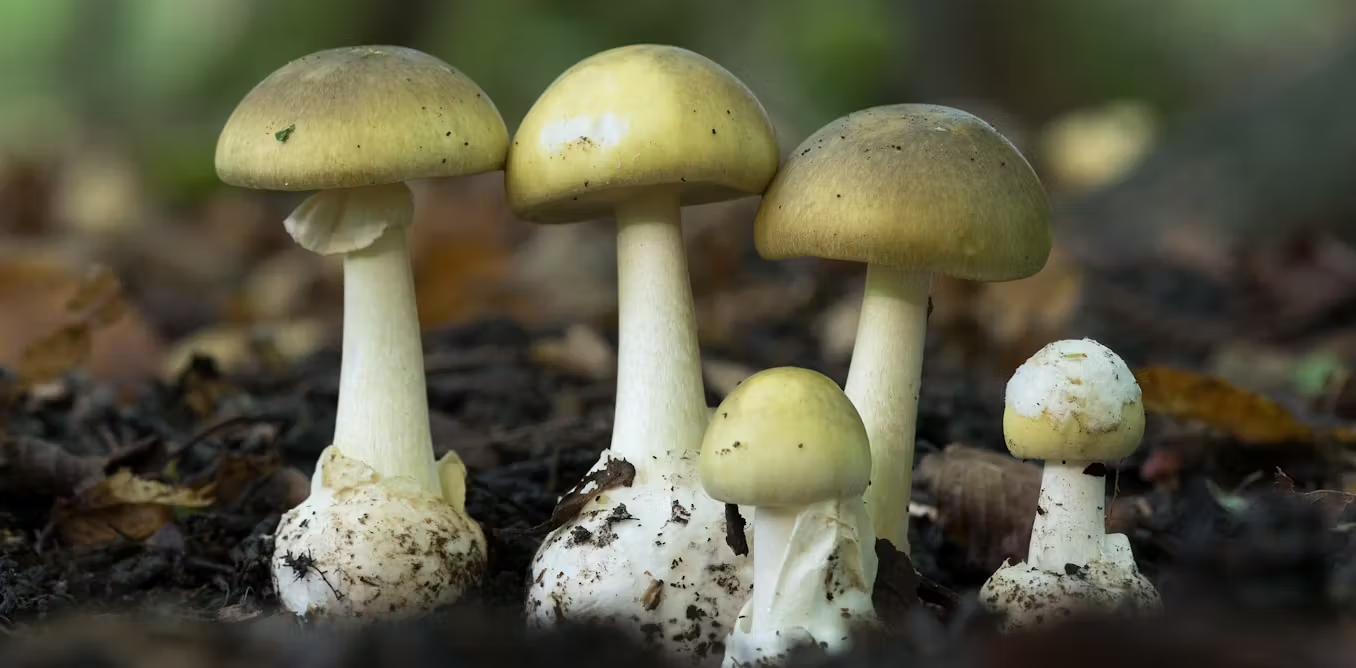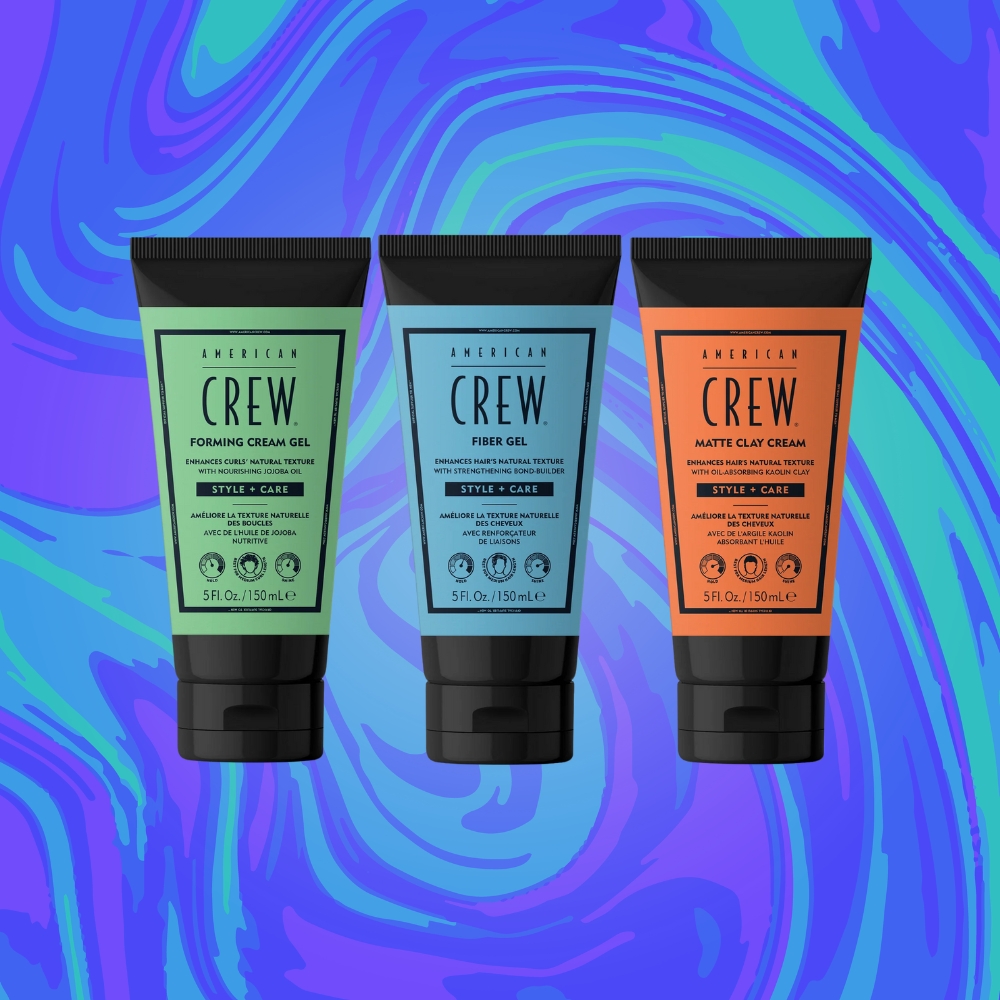DEATH CAP MUSHROOMS are not what you’d expect one of the world’s most poisonous fungi to look like. They don’t glow ominously. They don’t ooze slime. They don’t even taste all that bad, according to the people who’ve eaten them and lived to tell the tale. In fact, they look a lot like any other supermarket-variety mushroom. But don’t let appearances fool you.
This innocent-looking fungus, known to science as Amanita phalloides, is among the deadliest mushrooms on Earth. Just half a cap can be fatal. And worst of all, it can take hours before symptoms show, by which time the damage to your liver may already be irreversible.
Death caps are like a culinary Trojan horse. They’ve claimed countless lives and currently find themselves at the centre of a high-profile Australian murder trial. And whether you’re a true crime fan, an outdoor forager, or just someone who doesn’t want to pick up a death cap by mistake, it pays to know exactly what you’re dealing with. So let’s break it down. What are death cap mushrooms, how deadly are they really, and what exactly do they do to your body?
What do death cap mushrooms look like?
The death cap is a pale green or yellow-tinged mushroom native to Europe but now found across North America, Asia and Australia. Thanks, globalisation. It looks pretty harmless – potentially even tasty – resembling edible species like straw mushrooms and puffballs. But don’t be fooled, they are NOT salad material.
To identify a death cap, look for mushrooms with a pale yellow to olive green cap, often with a silky sheen. They have a white stem and gills and a cup-like structure at the base of the stem. They are often found near oak, chestnut and pine trees.
How deadly are death cap mushrooms?
If their name didn’t give it away, allow us to make it crystal clear: death cap mushrooms are indeed very deadly. They’re responsible for more than 90 per cent of mushroom-related deaths worldwide, and eating just half a cap can be fatal.
There’s also no known antidote. Even modern medicine often can’t undo the damage once symptoms set in, unless you catch it early enough for a liver transplant.
What do death cap mushrooms do to your body?
The effects of death cap come in waves and often take hours to kick in. Their impact is best explained in phases.
Phase 1: 6–12 hours post-meal
You likely feel fine. Maybe a bit bloated, but nothing crazy. This is when the mushroom is releasing a toxin called amanitin, but it hasn’t taken hold yet.
Phase 2: 12–24 hours post-meal
You will likely experience vomiting, violent diarrhea and severe abdominal cramps. This is just the start.
Phase 3: 24–48 hours post-meal
This period is known as the false recovery, where you may start to feel better. Except, this is actually a honeymoon phase, and the toxins have already progressed through your body to focus on causing irreversible liver and kidney damage.
Phase 4: 3-7 days post-meal
If untreated, death caps can lead to multiple-organ failure, comas and ultimately death. Even with hospitalisation, many patients require liver transplants to survive.
Why are death cap mushrooms in the news?
Death caps are currently at the centre of a court case involving Erin Patterson, who allegedly served a meal laced with the deadly fungi to her ex-in-laws. Three people died, and one survived only after a liver transplant. The trial is ongoing.
Can you survive eating a death cap mushroom?
Yes, and although only one of the four victims in the Leongatha death cap poisoning case survived, the mortality rate is actually much lower than what you might expect. Estimates place it between ten and 30 per cent.
How can you stay safe?
As a general rule of thumb, you shouldn’t eat any mushrooms you find in the wild. That’s the easiest way to prevent death by death cap. There’s nothing wrong with supermarket mushrooms, and unless you’re an expert, it’s not worth the risk.















